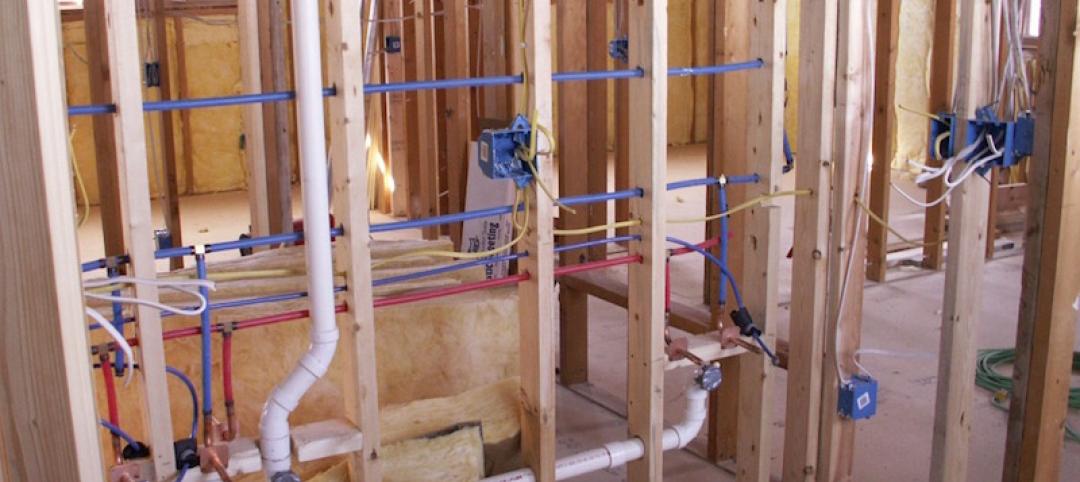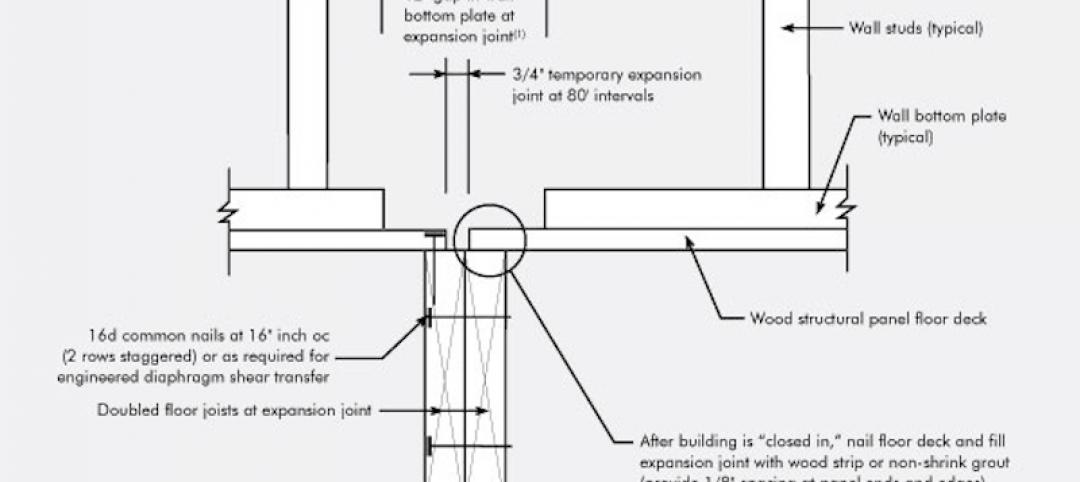A new mixture of concrete has been developed to decrease the damage done in bomb attacks. This mix was used in the construction of the One World Trade Center in Lower Manhattan, Science Daily reports.
The danger posed by explosions to buildings is mainly in the debris that comes loose and goes flying. Traditional concrete is brittle, meaning that an explosive force can easily tear off chunks and fling them into the air.
This new concrete mix, developed by Dr. Stephan Hauser, Managing Director of Ducon Europe GmbH & CoKG, actually deforms instead of breaking. Very hard high-performance concrete is combined with finely-meshed reinforced steel, and when a certain threshold of pressure is exerted on the concrete, the steel ruptures and the shock is distributed uniformly throughout the concrete.
A new computational formula is what makes this possible. Researchers have developed a universal formula which allows them to rapidly compute the required thickness of the concrete for each specific application.
This formula was used in the application of the concrete to the One World Trade Center. The tower rests on a 20-story, bombproof foundation, and has "safety concrete" at vulnerable points, according to Science Daily.
Related Stories
Building Materials | Mar 3, 2017
Perkins+Will white paper: Antimicrobial building products should be avoided whenever possible
Antimicrobial products contain ingredients that may have adverse environmental or human health impacts.
Building Materials | Feb 15, 2017
New metamaterial cools roofs without any energy consumption
The material is barely thicker than aluminum foil and can be economically manufactured for large-scale residential and commercial applications.
Sponsored | Building Materials | Jan 17, 2017
Handbook of Architectural Expansion Joints & Fire Barriers
Building Materials | Jan 9, 2017
Architects and researchers are developing new techniques for building in space
As setting foot on Mars becomes a more realistic goal, the search for how to best develop Architecture for the Red Planet is heating up.
Walls and Partitions | Dec 14, 2016
New wall system eliminates the need for most studs
The company, BamCore, says its new product can save money and quicken the framing process.
75 Top Building Products | Dec 7, 2016
101 Top Products: Building Envelope
Among the best building envelope products included in BD+C's inaugural Top 101 Products report are BASF's Neopor Plus Insulation, Dri-Design's Shadow Series Aluminum Panels, and Garland's Optimax Roof Membrane.
Building Materials | Dec 2, 2016
These are the top 10 tile trends to keep an eye on in 2017
Design styles such as bits & pieces, gritty chic, and metallics are among the ten tile trends to watch as we enter 2017.
Sponsored | Building Materials | Sep 7, 2016
Peeling Back the Layers: The Case for Monolithic Foam Seals in Expansion Joint Systems.
Sponsored | Building Materials | Aug 22, 2016
Mind the Gap
Temporary Expansion Joints in Large Structures














